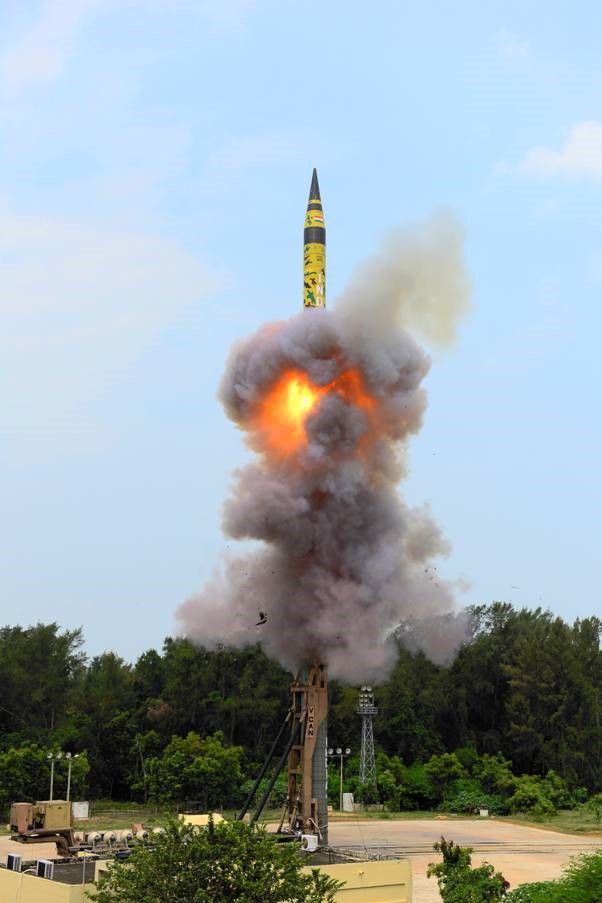Free Courses Sale ends Soon, Get It Now


Free Courses Sale ends Soon, Get It Now


 Disclaimer: Copyright infringement not intended
Disclaimer: Copyright infringement not intended
Context:
New Generation Ballistic Missile ‘Agni Prime’ was successfully flight-tested by Defence Research and Development Organisation (DRDO) from Dr APJ Abdul Kalam Island off the coast of Odisha.
More about the News:
About the Agni prime ballistic missile:
Indian Ballistic Missile Defence Programme:
PRITHVI AIR DEFENCE (PAD)
ADVANCED AIR DEFENCE (AAD)
PRITHVI DEFENCE VEHICLE
PRITHVI DEFENCE VEHICLE Mk-2 or ASAT
SWORDFISH RADAR
Conclusion:
By keeping in mind a motto of “No first use policy” and “Minimum Credible deterrence” India needs to build an adequate defence mechanism to counter the future threats from the hostile neighbouring countries. Agni Prime along with Agni-V would prove to be a strong deference against China and Pakistan.
|
PRACTICE QUESTION Q) Consider the following statements about Agni Prime
Which of the above statements is/are incorrect?
Ans: 3 |
https://pib.gov.in/PressReleasePage.aspx?PRID=1930689
https://indiancc.mygov.in/wp-content/uploads/2021/06/mygov-1000000000504859806.pdf
© 2024 iasgyan. All right reserved